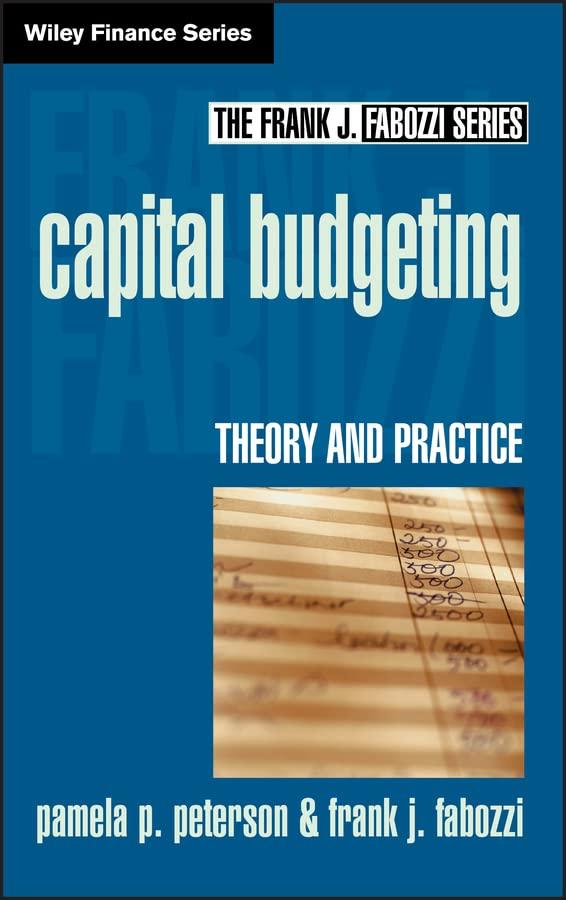Question
Q1. What additional concerns might a corporate Chief Financial Officer (CFO) face when a company expands into international markets? (Ref: BMA, 13/e, Ch 1&12) Answer:
Q1. What additional concerns might a corporate Chief Financial Officer (CFO) face when a company expands into international markets?
(Ref: BMA, 13/e, Ch 1&12)
Answer:
Q2. Fajer Inc., a retailer in the home improvement industry, currently operates seven retail outlets in Manama and Dubai. Management is contemplating building an eighth retail store across town from its most successful retail outlet. The company already owns the land for this store, which currently has an abandoned warehouse located on it. Last month, the marketing department spent $100,000 on market research to determine the extent of customer demand for the new store. Now Fajer Inc. must decide whether to build and open the new store.
Which of the following should be included as part of the incremental earnings for the proposed new retail store?
a. The cost of the land where the store will be located.
b. The cost of demolishing the abandoned warehouse and clearing the lot.
c. The loss of sales in the existing retail outlet, if customers who previously drove across town to shop at the existing outlet become customers of the new store instead.
d. The $100,000 in market research spent to evaluate customer demand.
e. Construction costs for the new store.
f. The value of the land if sold.
g. Interest expense on the debt borrowed to pay the construction costs.
(Ref: BMA, 13/e, Ch 5&6)
Answer:
Q3. Explain the similarities and differences between Net Present Value (NPV), Profitability Index (PI), and Economic Value Added (EVA).
(Ref: BMA, 13/e, Ch 5, 6, &12)
Answer:
Q4. Which of the following bonds will have the greatest percentage increase in value if all interest rates decrease by 1 percent?
- 10-year zero coupon bond.
- 20-year zero coupon bond.
- 20-year 10 percent coupon bond.
- 20-year 5 percent coupon bond.
- 1-year 10 percent coupon bond.
(Ref: BMA, 13/e, Ch 2)
Answer:
Q5. The relationship between a bonds yield to maturity and coupon interest rate can be used to predict its pricing level. For each of the bonds listed below, state whether the price of the bond will be at a premium to par, at par, or at a discount to par.
| Bond | Coupon interest rate | Yield to maturity | Price |
| A | 6% | 10% | ? |
| B | 8% | 8% | ? |
| C | 9% | 7% | ? |
| D | 7% | 9% | ? |
| E | 12% | 10% | ? |
(Ref: BMA, 13/e, Ch 3)
Answer:
Step by Step Solution
There are 3 Steps involved in it
Step: 1

Get Instant Access to Expert-Tailored Solutions
See step-by-step solutions with expert insights and AI powered tools for academic success
Step: 2

Step: 3

Ace Your Homework with AI
Get the answers you need in no time with our AI-driven, step-by-step assistance
Get Started


